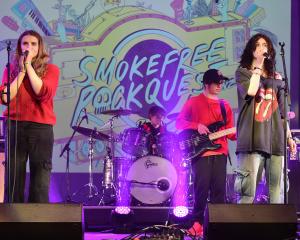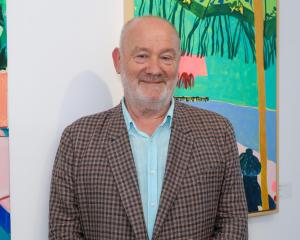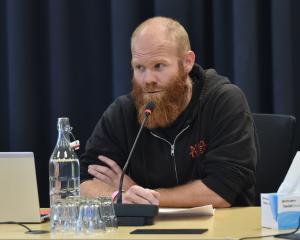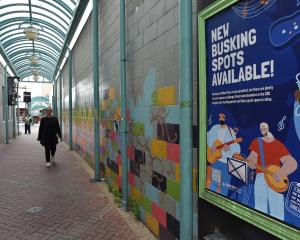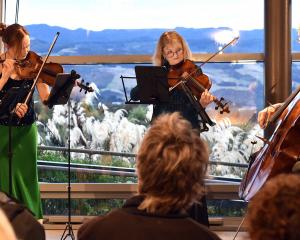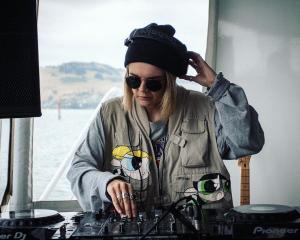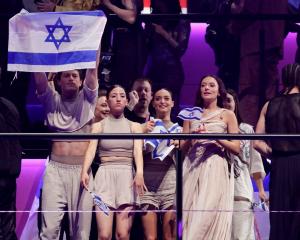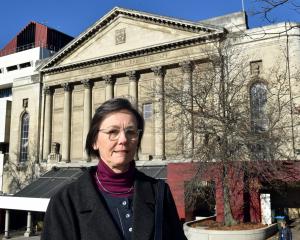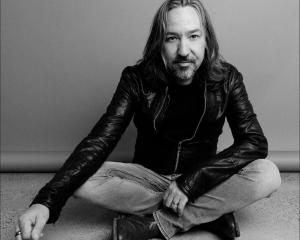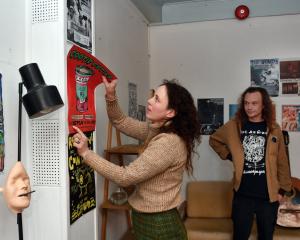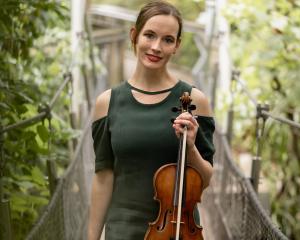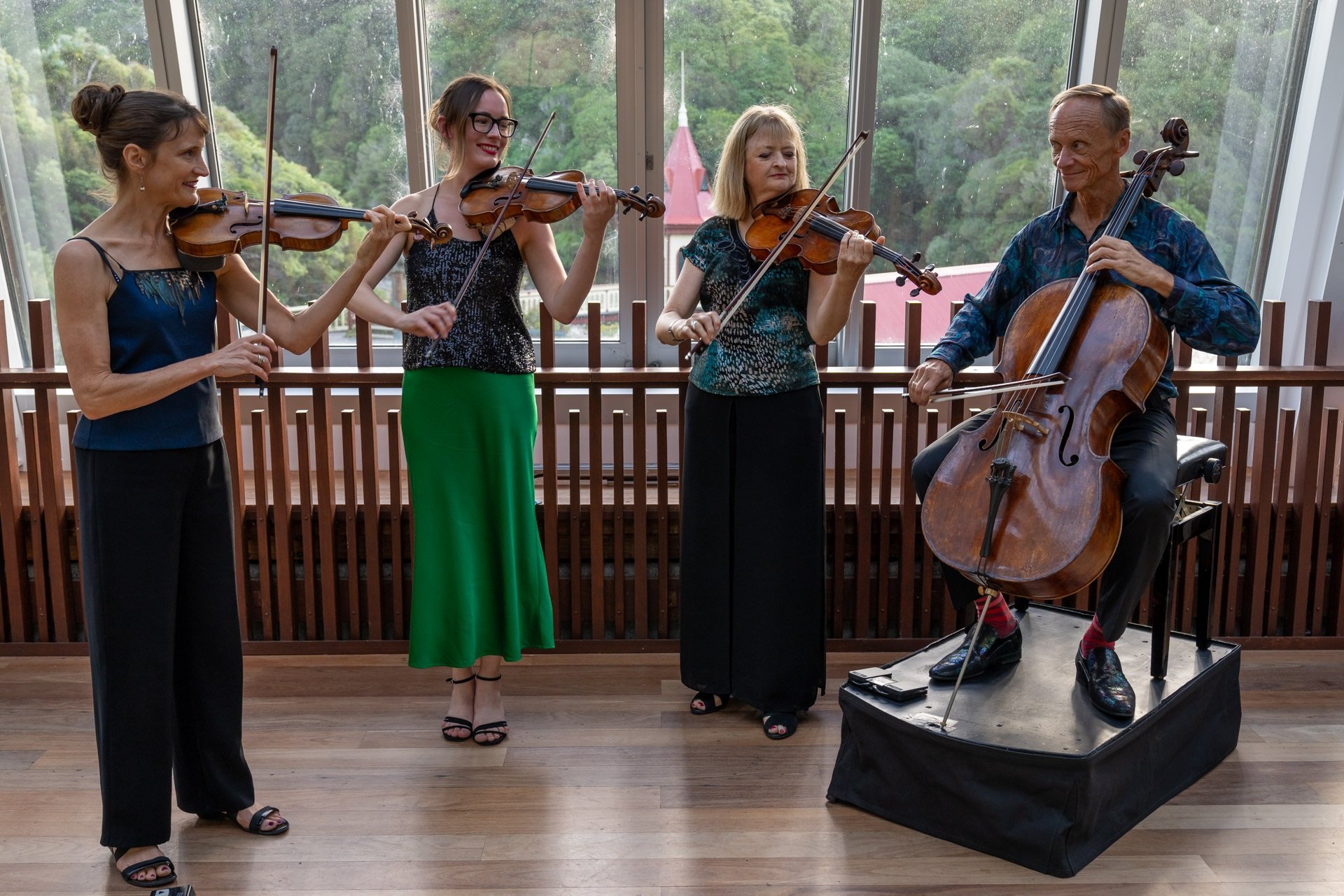
Four o’clock on a Saturday afternoon is a nice time to sit back, relax and be entertained, and Regent Theatre’s Clarkson Studio in Dunedin attracted a large audience on Saturday for an excellent recital by the New Zealand String Quartet.

They opened their programme with New Zealand composer Claire Cowan’s Celestia Terralia, inspired by a 1957 Russian space mission which transported a dog into space.
A strongly rhythmic contemporary work with syncopated fragmented textures, galactic upper register sections and immaculate passing of rapid moving-phrases between instruments before a more passive final short elegy paid tribute to the death of Laika the "suicide mission" dog.
Clarkson Studio is ideally suited and acoustically perfect for a small group of string performers who are assured their every subtle nuance and pizzicato will not be missed. NZSQ’s expertise is exceptional and they relished conquering the difficulties in interpreting Dmitri Shostakovich’s very fast-paced four-movement String Quartet No. 14 in D Op 83 which was completed in 1949, but for political expedience not performed until 1953 after the death of Stalin. The four movements — Allegretto, Andantino, Allegretto and Allegretto — all contain intense climactic passages, many evoking melodic and rhythmic Middle Eastern sentiment.
A quartet by Brahms, No. 3 in B Flat Op. 67 (1875), was the second major work in the recital. The opening Vivace launches the work in a cheerful vein, with a catchy triadic subject. Violins applied mutes in the Agitato. Allegretto non troppo third movement, to highlight viola ostinato and some darker passages.
Much of the work is very animated with rapport between the players exemplary, and proximity to the "stage" allowed the audience to appreciate the musicians’ sheer delight in interpretation and passing of thematic passages with illuminating body and facial detail.
This was an extremely professional recital with personal chatty input from the musicians who introduced each work with detailed information in lieu of a printed programme.

